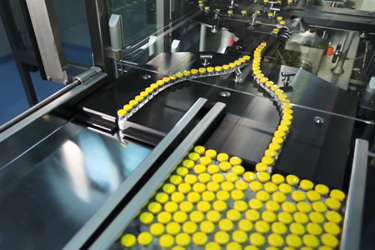Evaluating Pyrogen Contamination Risk And The Need For The MAT In Pharmaceutical Processing
By Tim Sandle, BPL & Laure Robert, MilliporeSigma

Pyrogens are fever-producing substances. Microorganisms such as Gram-negative or Gram-positive bacteria, viruses, and fungi contain metabolic components that can potentially activate the innate immune system. These components can occur independently of viable microorganisms and are a safety concern in parenterally administered drugs since they can cause severe reactions such as fever, rash, headache, myalgia, nausea, vomiting, organ failure, and shock in the recipient. For this reason, the measurement of pyrogens is an important safety measure for parenterally applied drugs.
Currently, and as approved by official compendia, there are three testing possibilities available to test for pyrogens: the Rabbit Pyrogen Test, the Bacterial Endotoxin Test (primarily the Limulus Amoebocyte Lysate (LAL) test), and test systems using human whole blood or human monocytes. The latter is called the Monocyte Activation Test (MAT).
The European Medicines Agency (EMA) has encouraged the replacement of the rabbit pyrogen test with alternative tests, such as MAT or LAL. In addition to reducing the need for animal-based tests, MAT provides several advantages over the rabbit pyrogen test.
Get unlimited access to:
Enter your credentials below to log in. Not yet a member of Pharmaceutical Online? Subscribe today.
